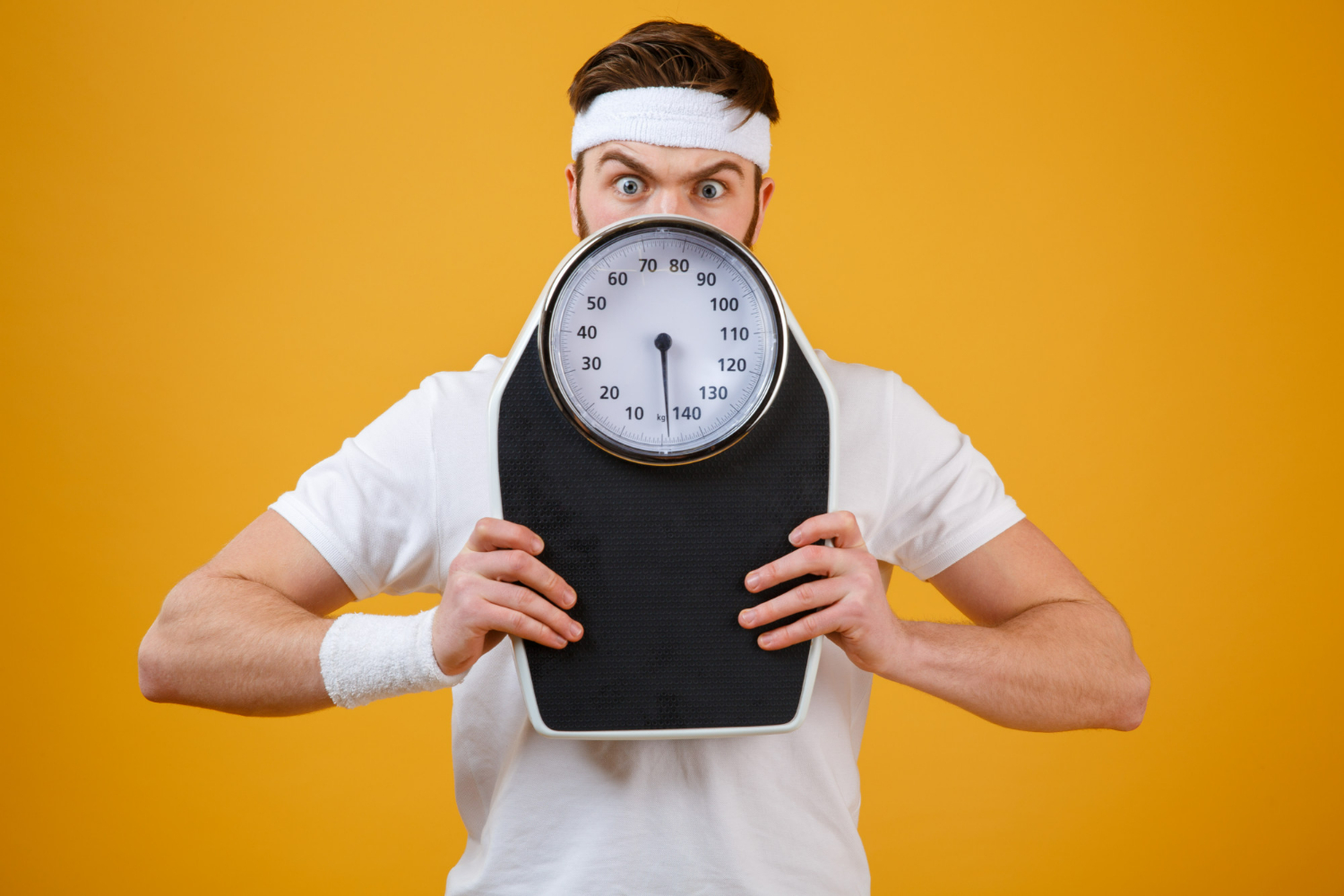Introduction
Reverse dieting, a method aimed at gradually increasing calorie intake after a period of calorie restriction, has gained popularity in the fitness and weight loss community. Simultaneously, exercise remains a cornerstone of any effective weight loss plan. In this article, we explore the synergistic effects of combining reverse dieting with exercise to achieve enhanced weight loss results.
Understanding Reverse Dieting
Reverse dieting involves systematically increasing calorie intake over time, typically after a period of prolonged calorie restriction. The primary goal is to restore metabolic rate and hormonal balance while minimizing fat regain. By gradually reintroducing calories, individuals aim to prevent the metabolic slowdown commonly associated with prolonged calorie deficits, thus facilitating long-term weight maintenance.
The Role of Exercise in Weight Loss
Exercise plays a crucial role in weight loss by increasing energy expenditure and promoting fat loss. Various forms of physical activity, including cardiovascular exercise, strength training, and high-intensity interval training (HIIT), can contribute to calorie burn and metabolic rate elevation. Additionally, regular exercise helps preserve lean muscle mass, which is essential for sustaining weight loss and metabolic health.
Synergistic Effects of Reverse Dieting and Exercise
When combined, reverse dieting and exercise can amplify weight loss results. Reverse dieting supports exercise performance by providing adequate fuel for workouts and facilitating muscle recovery and repair. Furthermore, exercise enhances the metabolic advantages of reverse dieting by increasing calorie expenditure and optimizing nutrient partitioning, thereby promoting fat loss while preserving lean muscle mass.
Creating a Balanced Approach
A balanced approach to nutrition and exercise is essential when combining reverse dieting with exercise. It involves consuming a variety of nutrient-dense foods to meet energy needs and support exercise performance and recovery. Striking a balance between calorie intake and expenditure is crucial to avoid extremes that could compromise metabolic health and weight loss outcomes.
Developing a Personalized Plan
To optimize results, individuals should develop a personalized plan tailored to their specific goals, preferences, and lifestyle factors. Consulting with a nutritionist or dietitian can help establish appropriate calorie and macronutrient targets, while working with a fitness professional can ensure the implementation of effective exercise routines aligned with individual needs and abilities.
Monitoring Progress and Adjustments
Regular monitoring of progress is essential when combining reverse dieting with exercise. Tracking changes in weight, body composition, and performance can help identify signs of metabolic adaptation and inform necessary adjustments to dietary and exercise strategies. Maintaining consistency and patience throughout the process is key to long-term success.
Overcoming Challenges
Challenges such as plateaus, cravings, and setbacks are inevitable during the weight loss journey. However, by adopting a proactive mindset and seeking support when needed, individuals can overcome obstacles and stay on track towards their goals. Strategies such as implementing dietary flexibility and practicing mindful eating can help navigate challenges effectively.
The Psychological Aspect
The psychological aspect of weight loss should not be overlooked. Building a positive mindset and staying motivated are essential for sustained success. Celebrating successes and milestones along the way, no matter how small, can help reinforce progress and boost confidence. Developing resilience and perseverance is crucial for overcoming setbacks and staying committed to long-term lifestyle changes.
Conclusion
In conclusion, combining reverse dieting with exercise offers a synergistic approach to achieving enhanced weight loss results. By optimizing metabolism, promoting fat loss, and supporting exercise performance, this integrated approach sets the stage for sustainable and long-lasting success. Embracing consistency, patience, and individualization is key to unlocking the full potential of this synergistic relationship and achieving transformative outcomes in the journey towards better health and well-being



















